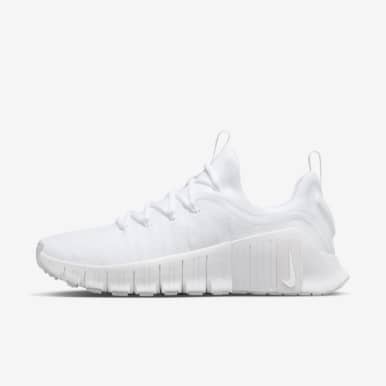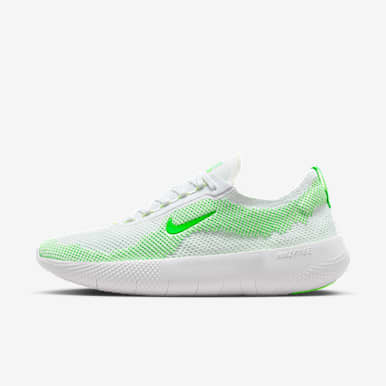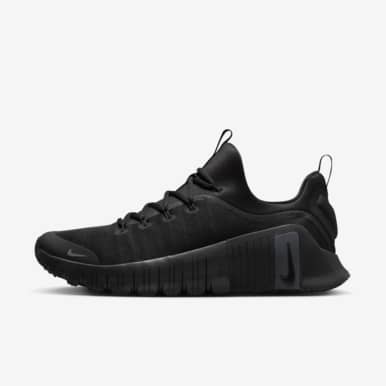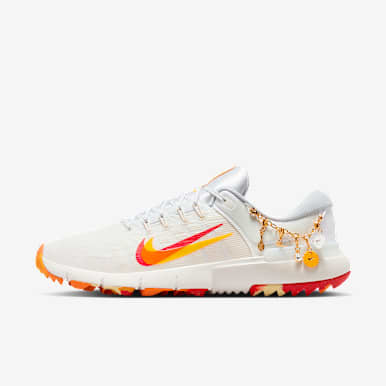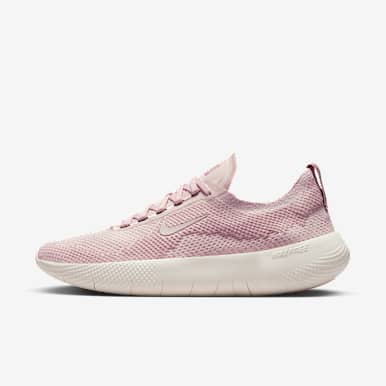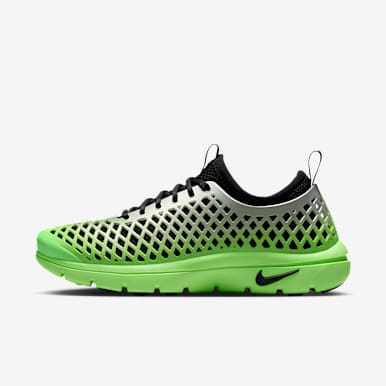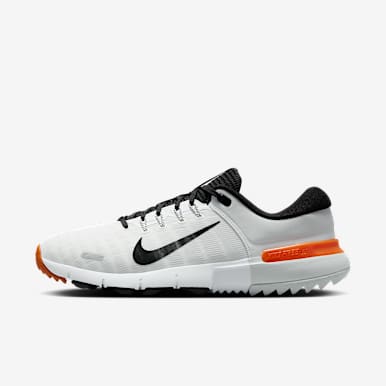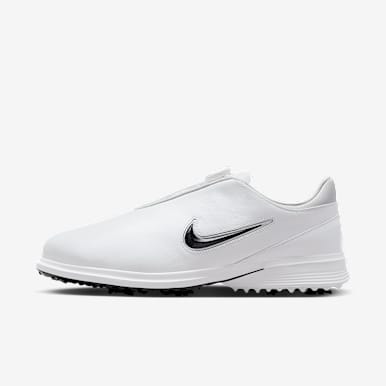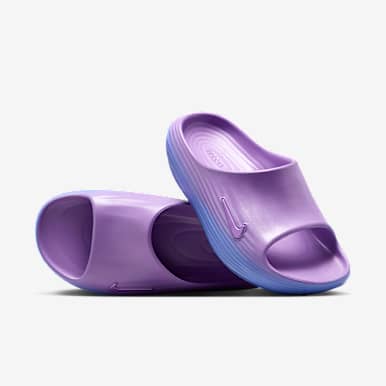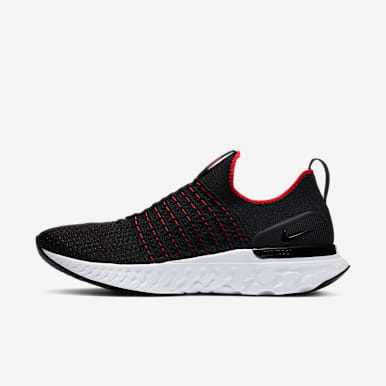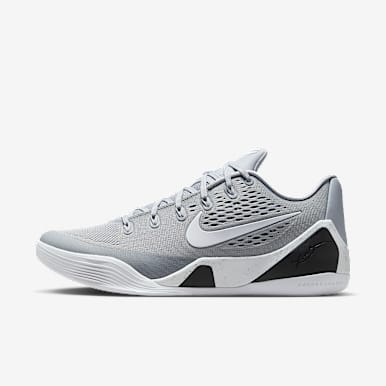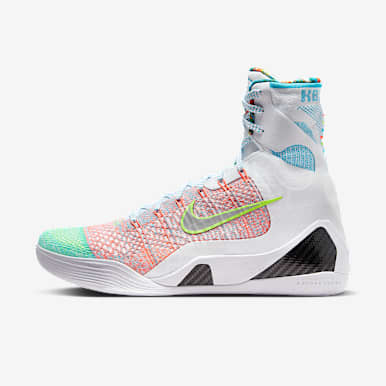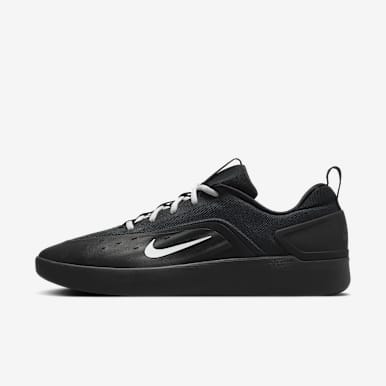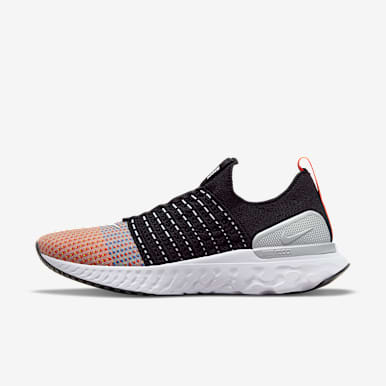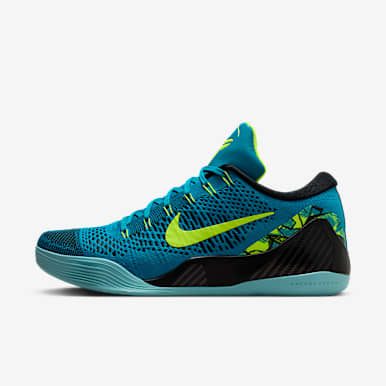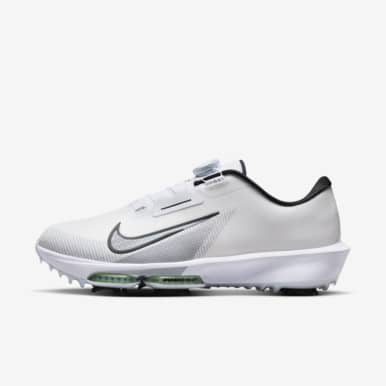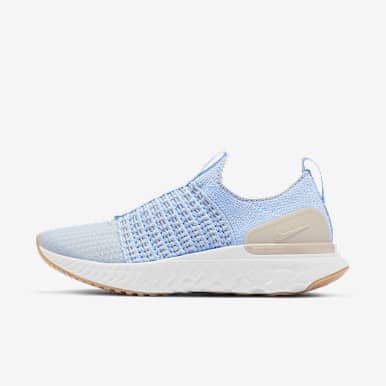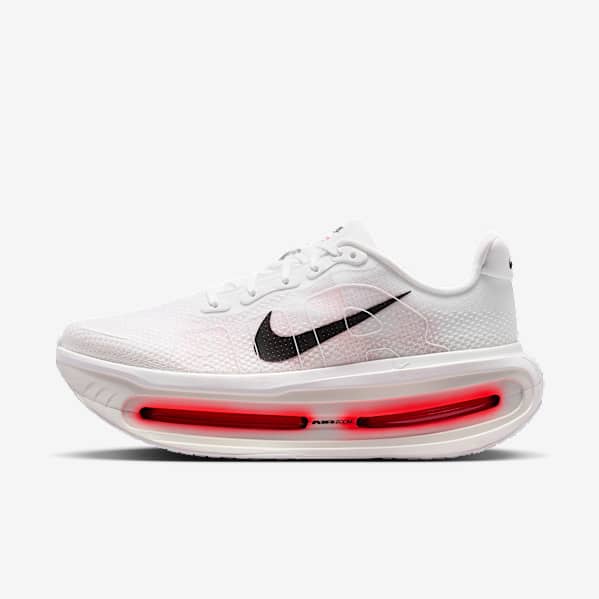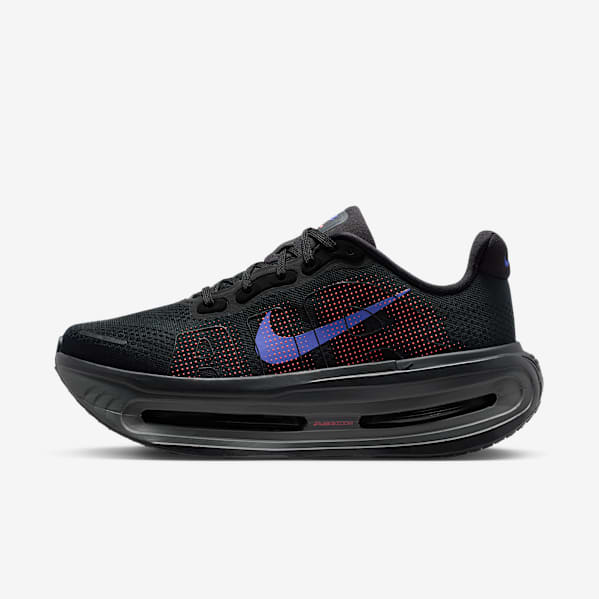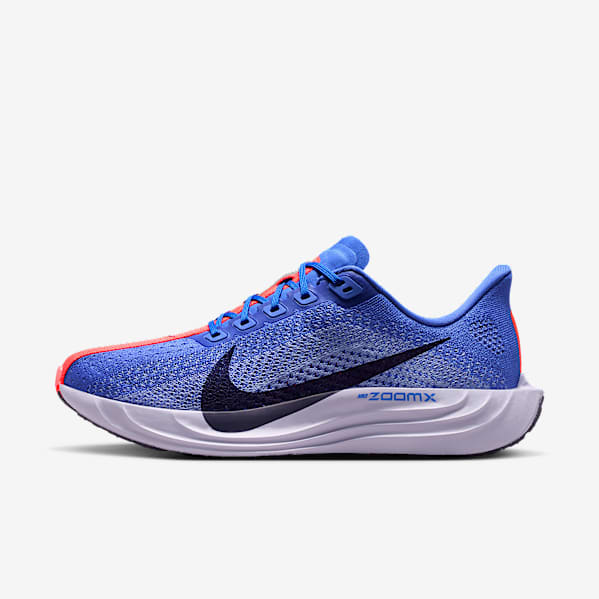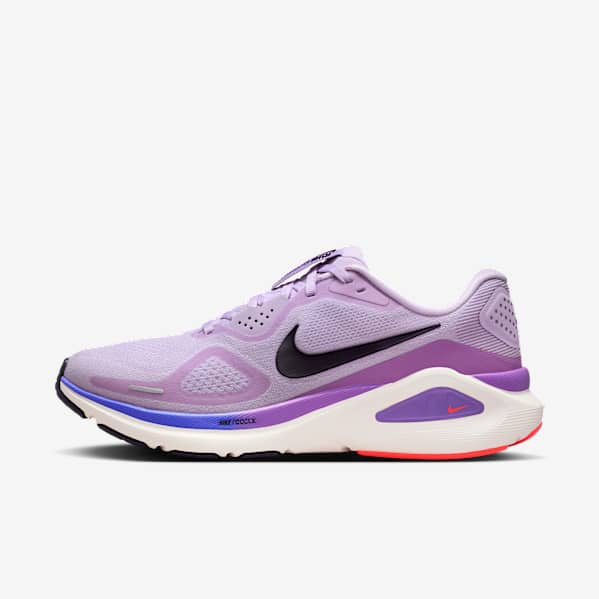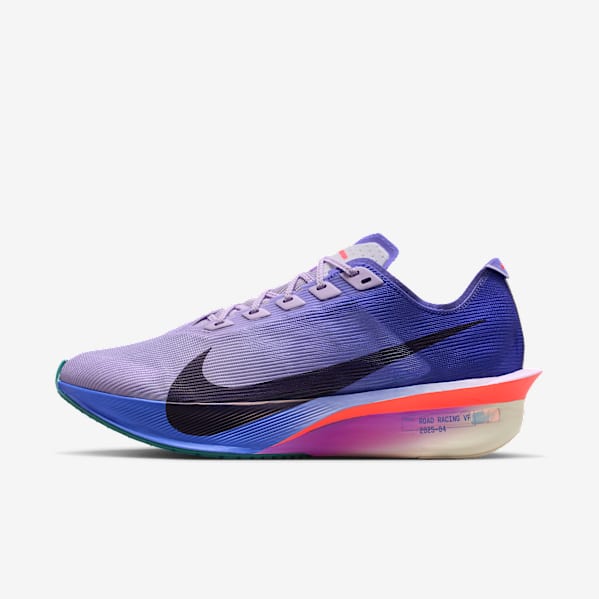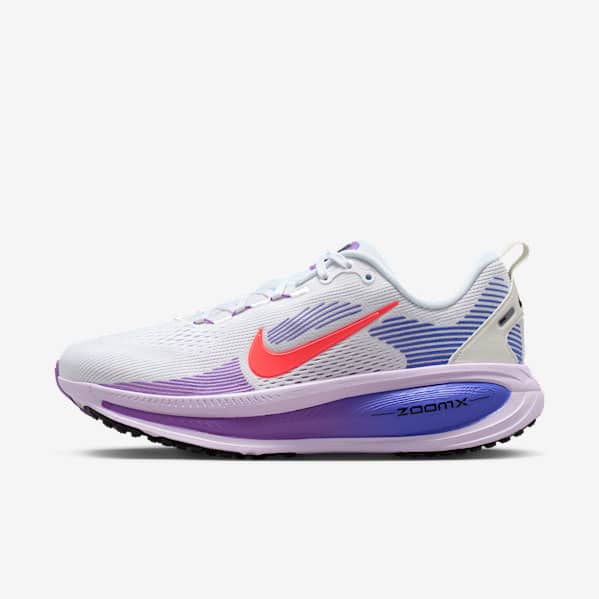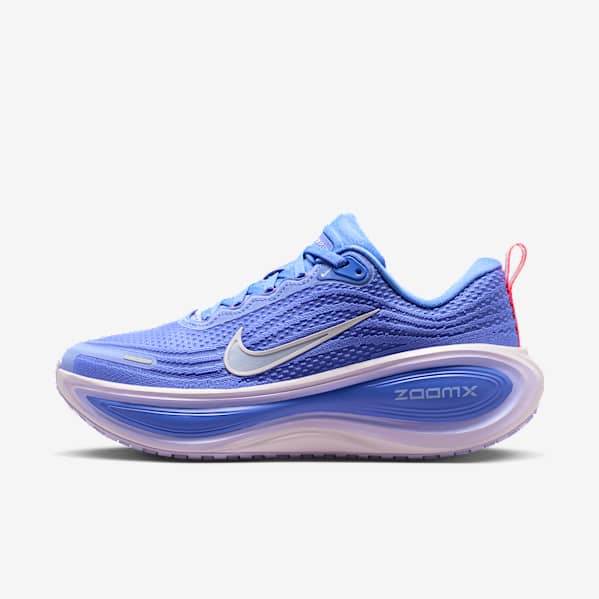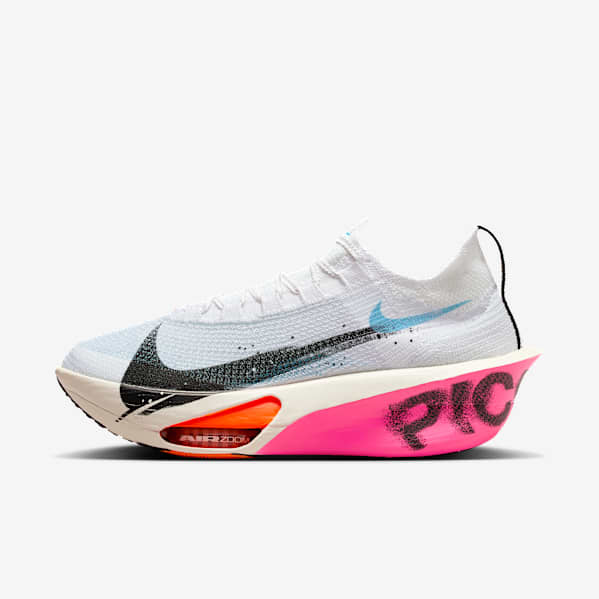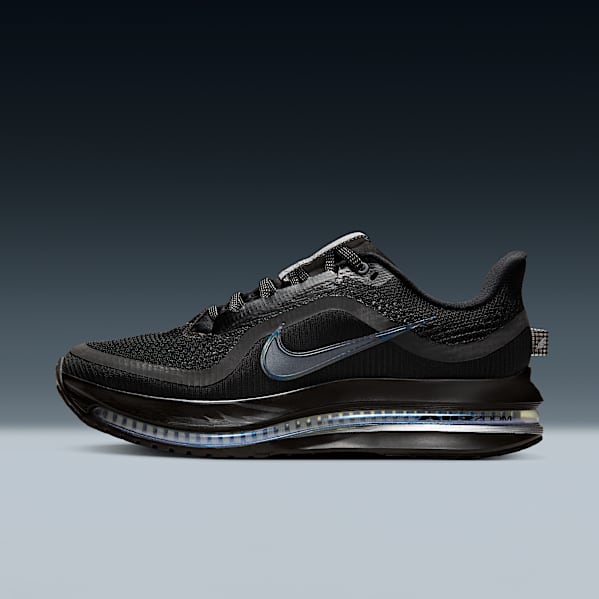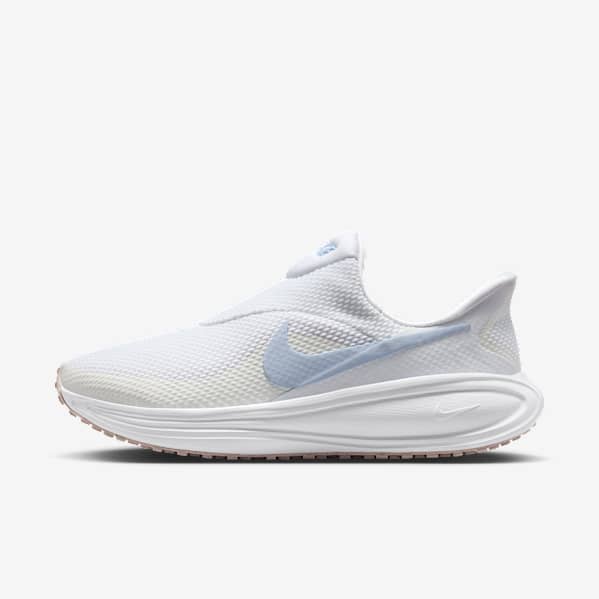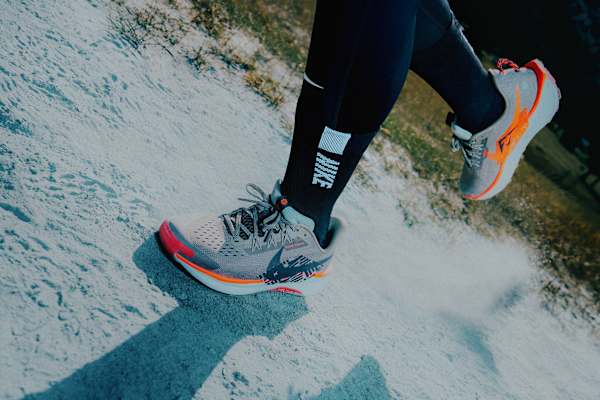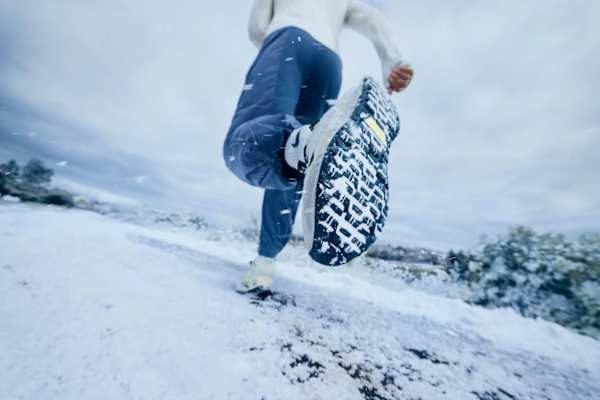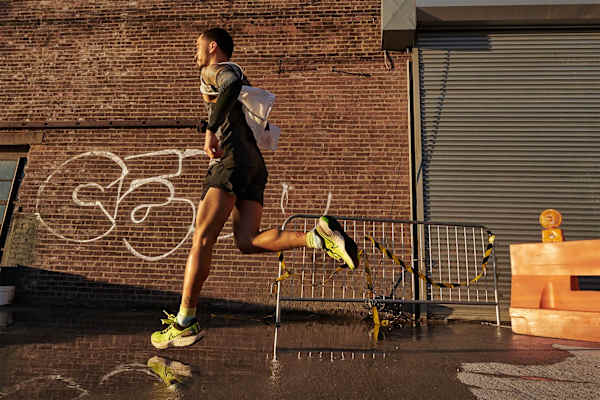How to Choose the Best Running Shoes for Heel Pain
Buying Guide
Heel pain can interfere with your running routine. For heel pain relief, look out for shoes with these three features.
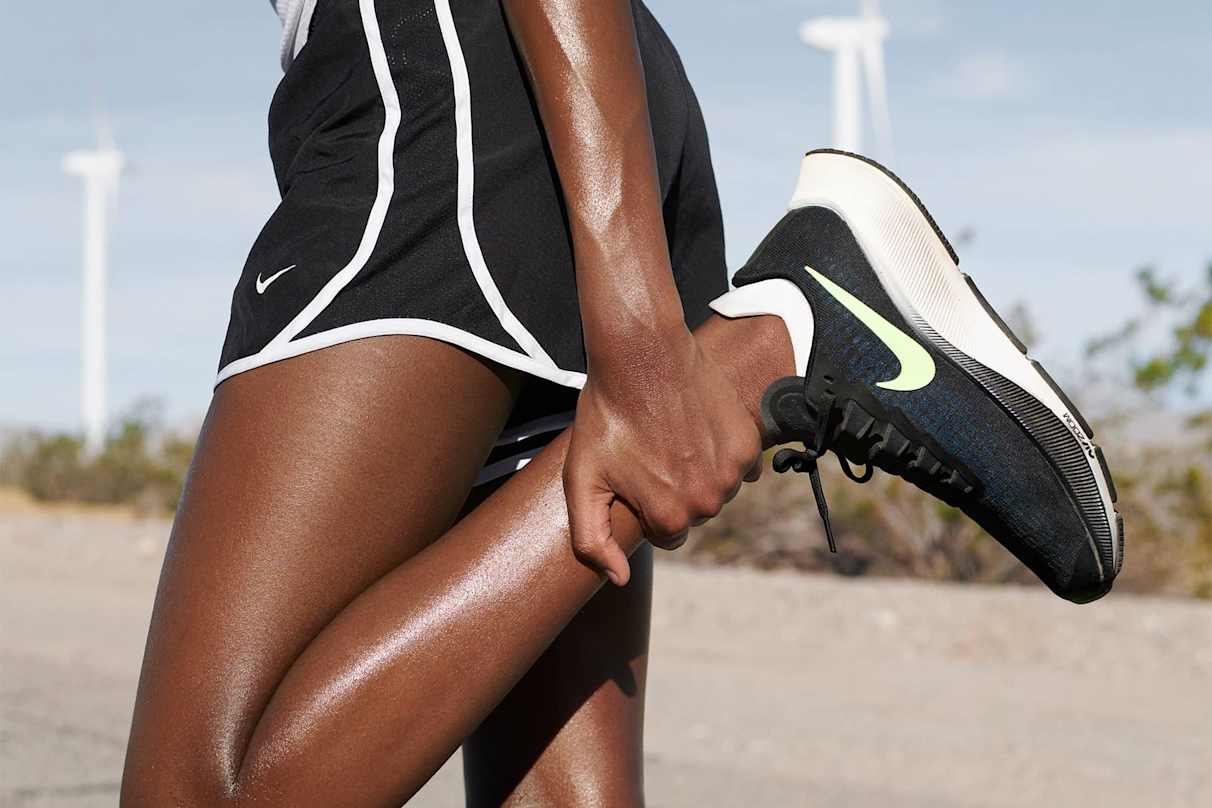
You want to commit to a running routine, but you can't get past the heel pain. If you suffer from chronic heel pain, maintaining your running fitness can be difficult. Here's one way to help: make sure you're wearing the right shoes. Pain is often your body's way of communicating that it needs extra care and support. The best shoes for heel pain will provide cushioning, arch support, a wide toe box and shock absorption.
Here's a quick summary of the shoes mentioned in this article:
What Can Cause Heel Pain?
Feeling a dull ache, a bruise or a sharp pain in your heel are all signs you should pay attention to. It might be indicative of a condition like plantar fasciitis, a heel spur or Achilles tendinitis. Heel pain can sometimes be worse when you're on the go, such as when running or walking, but it can also be constant. What's causing that pain?
1.Plantar Fasciitis
According to the Mayo Clinic, plantar fasciitis is the most common cause of heel pain. The plantar fascia is a thick ligament that connects your heel to your toes. When this band becomes inflamed, it can cause pain that is often felt in the heel.
Plantar fasciitis is a common injury, caused by repetitive strain. Runners, in particular, are at risk. A study published in the 2012 edition of Sports Medicine found a 17.5-percent prevalence rate of plantar fasciitis in runners. This makes it one of the most common running injuries.
2.Achilles Tendinitis
Another overuse injury, Achilles tendinitis affects the tendon that runs from the calf to the heel. It might be felt intermittently, sometimes only presenting after running. It might be barely noticeable, but it can develop into severe pain that restricts your mobility.
3.Heel Spurs
A heel spur is a growth that can develop around the heel. It's not bone growth—it's actually a calcium deposit, but it can cause sharp pain. The most common cause of heel spurs is wearing the wrong shoes or ignoring signs of overuse injuries. Heel spurs are different from bone spurs and bunions. Bone spurs are bone growths, and bunions are a bone deformity. While both of these conditions can cause foot pain, they are not typically the cause of heel pain.
Runners who have experienced muscle and ligament strains without the proper recovery can be more at risk of heel spurs. It's a condition closely linked to plantar fasciitis, which can cause severe heel pain and should be checked out by a podiatrist.
4.Foot Problems
Common foot problems, such as naturally high arches or flat feet, can cause heel pain. High arches can cause foot and ankle instability by causing an outward tilt. This places an extra strain on the heel, which can lead to pain and injury.
Flat feet, or fallen arches, can lead to overpronation. This is the inward roll of your foot upon impact. A symptom of flat feet is heel pain, due to the extra stress and strain placed on the surrounding tendons and ligaments as the arch flattens on impact.
5.Wearing the Wrong Footwear
Whether you have high arches, flat feet, another foot condition such as plantar fasciitis or even regular feet—it's vital to wear the right footwear. Running is a high-impact sport, which is why heel pain is so common among runners who wear the wrong shoes during training.
But it's not just running shoes. Walking shoes, or shoes you wear day to day, also need to provide the support your feet need. If you often wear flip-flops, high heels, slip-on flat shoes, shoes with a narrow toe box or ill-fitting shoes, you may be at greater risk of developing heel pain.
Finding Running Shoes for Heel Pain
1.Cushioning
When you run, both feet are often off the ground at the same time. When they hit the ground, your body braces for impact. Your feet are responsible for absorbing and dispersing the impact. Many people with heel pain wear shoes without enough cushioning. Or they wear shoes that are worn down at the heel from running heel-to-toe. Either way, their shoes aren't giving their feet the support that they need.
Give your feet extra support by wearing shoes with shock-absorbing cushioning such as Nike React Foam. Nike React Foam technology provides soft and springy cushioning. This cushion focuses on protecting sensitive heels and the midsole for effective shock absorption.
2.Arch Support
Shoes that provide good arch support can offer some pain relief. Particularly if your heel pain is caused by flat feet. Your everyday, running or walking shoes should contain arch support in the midsole.
This gives flat feet the structure they need to reduce the stress on the surrounding ligaments and tendons. By default, this also makes your ankles more stable to further reduce the risk of heel pain. Look for running shoes with structure and stability features, such as Nike Zoom Structure running shoes, which feature a triple-density dynamic support system in the midsole.
Look for foam that is soft but stable, like Nike React foam, which absorbs the impact of each stride. You'll also want arch and heel support to keep your feet stable for all types of movement.3.Wide Toe Box
Many shoes such as high heels or dress shoes have a narrow toe box. This restricts toe movement and can cause pain in the tendon that runs down the foot to the heels. Opt for shoes that have enough room for your feet to move naturally. This is also true for people with naturally wide feet. Shoes designed for wide feet will offer more room.
Try out Nike Free technology. These shoes have a barefoot-running feel with a spacious toe box and room for your feet to move. The splaying, auxetic midsole mimics how the body and foot react to force. It absorbs shock while accounting for the dual-plane expansion in foot size (approximately one size in length and two sizes in width) that occurs throughout an athlete's foot strike.
